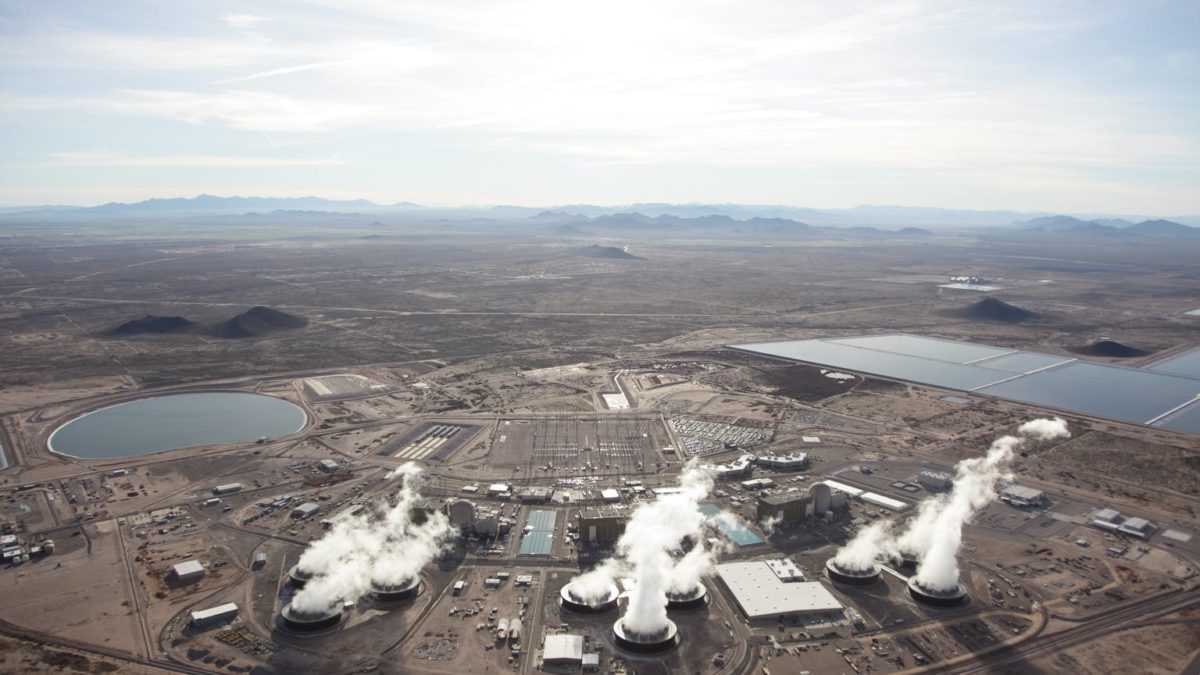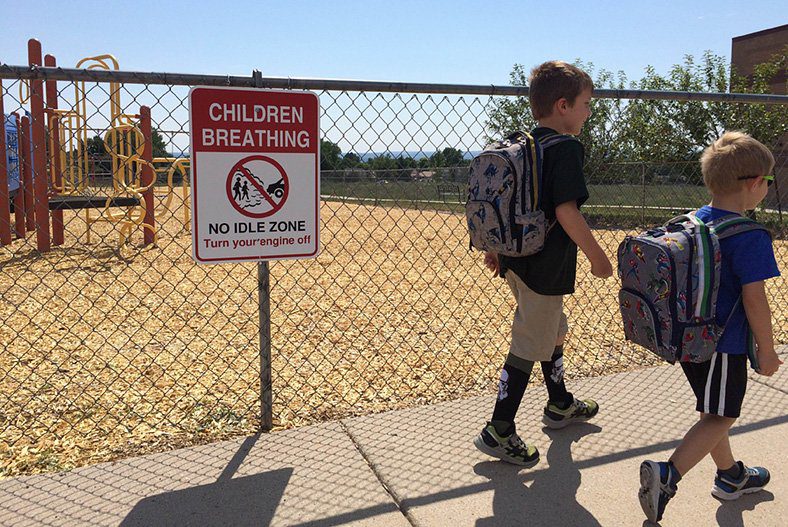Politics
US affirms new interpretation for high-level nuclear waste

In 1951, the Idaho National Laboratory (formerly the National Reactor Testing Station), became the birthplace of nuclear power. Photo: Idaho National Laboratory
BOISE, Idaho — The Biden administration has affirmed a Trump administration interpretation of high-level radioactive waste that is based on the waste’s radioactivity rather than how it was produced.
The U.S. Department of Energy announcement last week means some radioactive waste from nuclear weapons production stored in Idaho, Washington, and South Carolina could be reclassified and moved for permanent storage elsewhere.
“After extensive policy and legal assessment, DOE affirmed that the interpretation is consistent with the law, guided by the best available science and data and that the views of members of the public and the scientific community were considered in its adoption,” the agency said in a statement to The Associated Press on Wednesday.
The Biden administration’s affirmation of the new interpretation came after various groups offered letters of support and opposition to the agency after Biden became president, leading to the notice in the Federal Register making clear where the administration stood. Biden has reversed Trump policy in other areas.
The policy has to do with nuclear waste generated from the reprocessing of spent nuclear fuel to build nuclear bombs. Such waste previously has been characterized as high level. The new interpretation applies to waste that includes sludge, slurry, liquid, debris, and contaminated equipment.
The agency said making disposal decisions based on radioactivity characteristics rather than how it became radioactive could allow the Energy Department to focus on other high-priority cleanup projects, reduce how long radioactive waste is stored at Energy Department facilities, and increase safety for workers, communities, and the environment.
The department noted that the approach is supported by the Blue Ribbon Commission on America’s Nuclear Future, formed during the Obama administration.
The department identified three sites where waste is being stored that will be affected by the new interpretation.
In Idaho, it’s stored at an 890-square-mile (2,300-square-kilometer) Energy Department site in the southeastern part of the state that includes the Idaho National Laboratory. In Washington, the waste is stored at the Hanford Nuclear Reservation, a decommissioned nuclear site in the south-central part of the state that produced plutonium for nuclear bombs. In South Carolina, it’s stored at the 310-square-mile (800-square-kilometer) Savannah River Site, home of the Savannah River National Laboratory.
The department, in the statement to the AP, said it “is committed to utilizing science-driven solutions to continue to achieve success in tackling the environmental legacy of decades of nuclear weapons production and government-sponsored nuclear energy research.”
The agency also last week made public a draft environmental assessment based on the new interpretation to move some contaminated equipment from the Savannah River Site to a commercial low-level radioactive waste disposal facility located outside South Carolina. Potential storage sites are located in Andrews County, Texas, and in Clive, Utah.
Previously, through a public process and using the new interpretation, the agency approved moving up to 10000 gallons (37,854 liters) of wastewater from the Savannah River Site, with some going to Texas.
A similar public process would be used concerning additional waste at the Savannah River Site or in the other two states.
The nation has no permanent storage for high-level radioactive waste. Reclassifying some of the high-level waste under the new interpretation means it can legally be sent to commercial facilities for storing waste deemed less radioactive.
Edwin Lyman, director of Nuclear Power Safety at the Union of Concerned Scientists, a nonprofit, said his group agreed that radioactive waste should be classified using technical analysis rather than a legal definition.
But he also said, “any decision made under this new interpretation has to be backed up by solid analysis and a strong commitment to public health and safety and environmental protection.”
He also said he was concerned that the new interpretation could hinder development of permanent storage for high-level radioactive waste, which predominantly sits above ground at sites where it was produced.
“It shouldn’t be used as an excuse not to move forward with a repository,” Lyman said. “That’s the danger.”
The Energy Department was shipping high-level waste to Idaho until a series of lawsuits between the state and the federal government in the 1990s led to a settlement agreement. The agreement is seen as preventing the state from becoming a high-level nuclear waste repository.
The Idaho site sits above a giant aquifer that supplies water to cities and farms in the region.



















